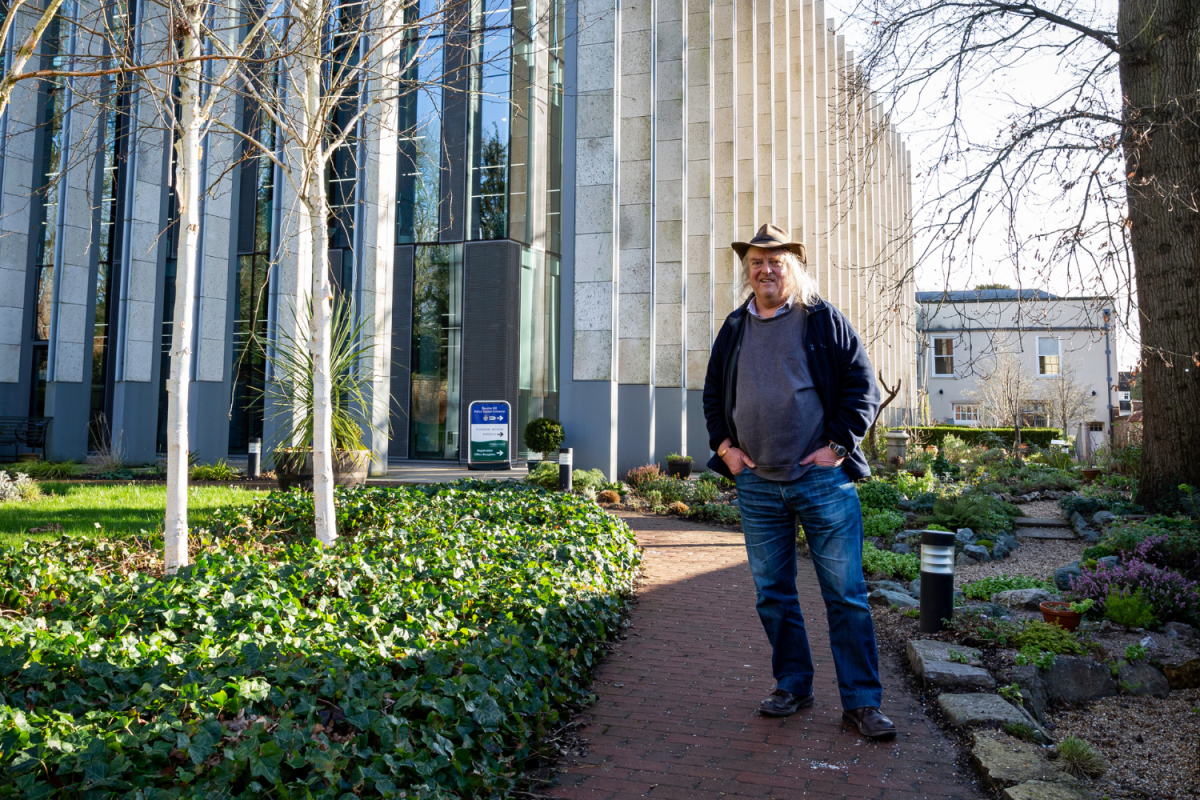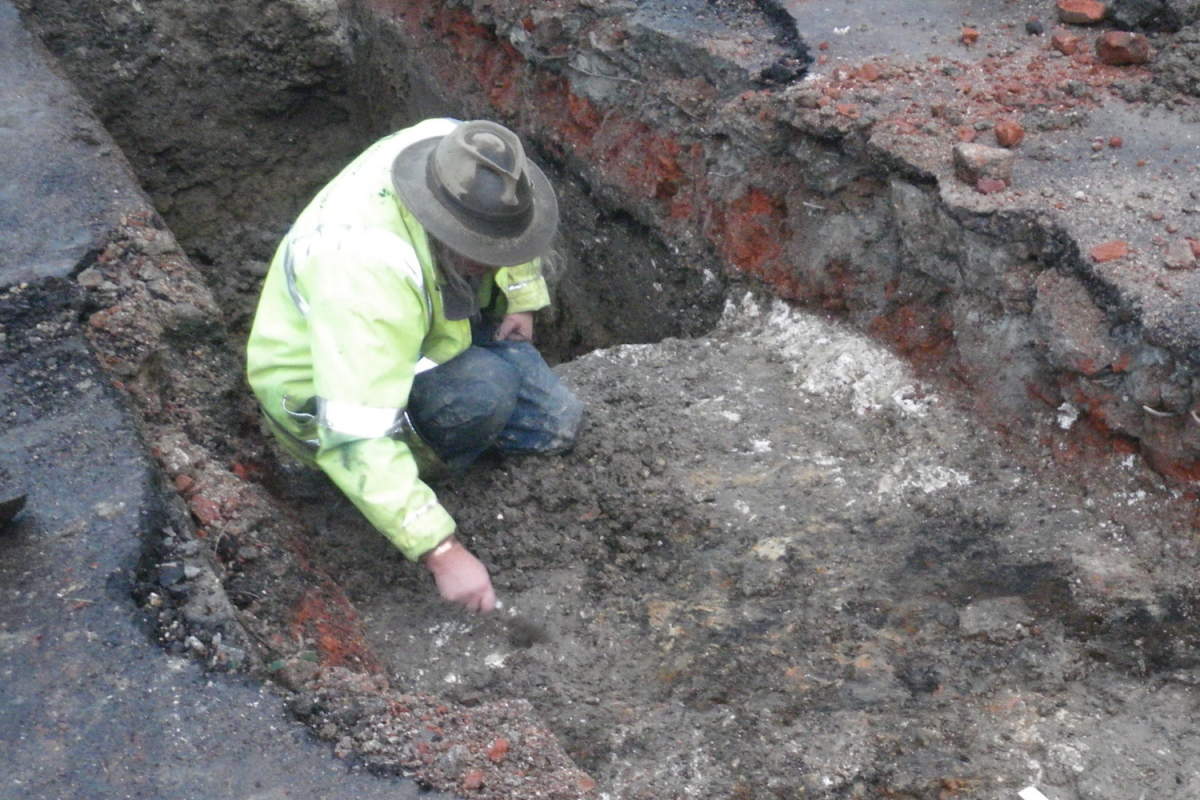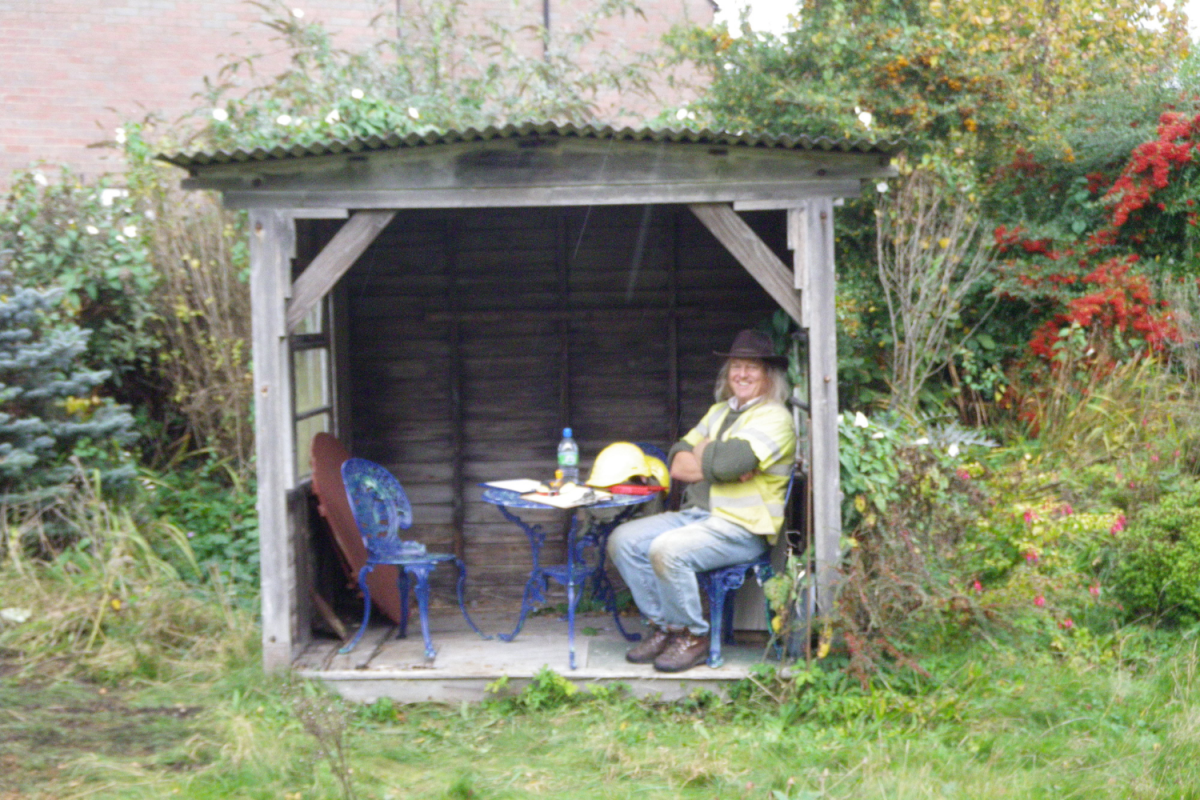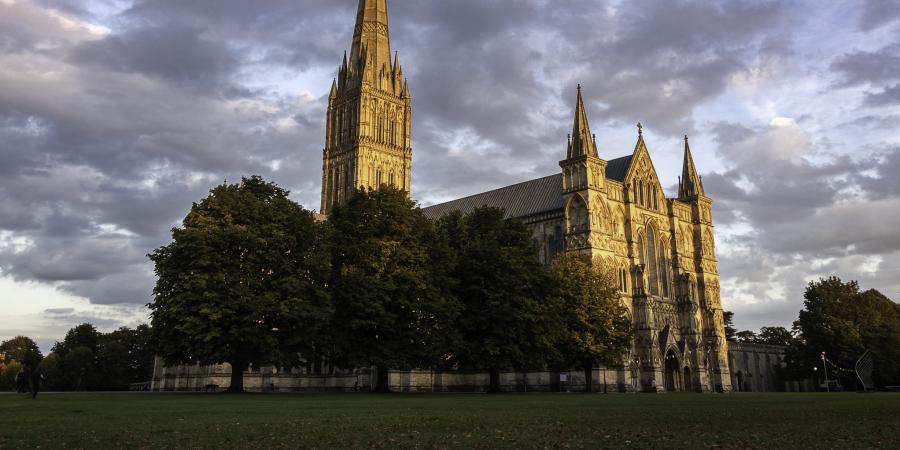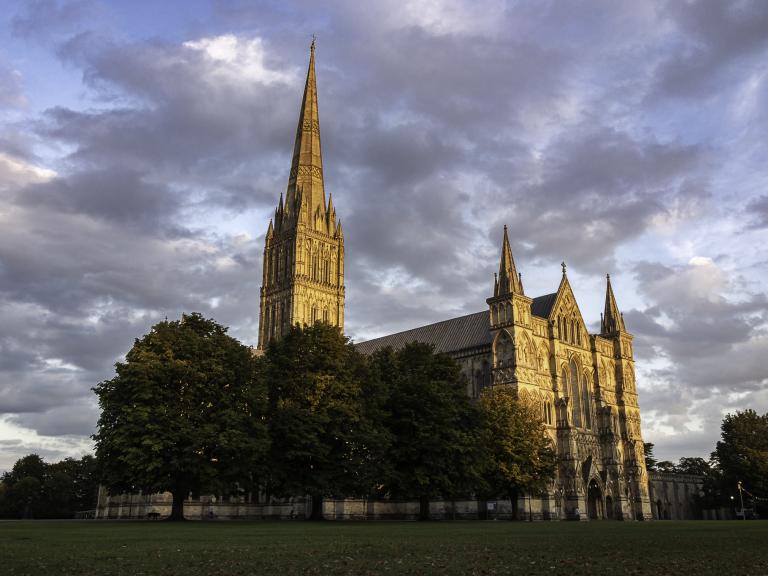Last week, as many of you regular readers will know, we released the last instalment in our series of web pages telling the story of Salisbury, week by week, through the archaeological work that has been undertaken in the city, principally by Wessex Archaeology. When we set out on this project, to compile these pages, we looked at the map of Salisbury and were slightly ashamed to find that only two dots were plotted on the distribution map of Wessex Archaeology’s work in the city; so we set out to rectify that. We think you’ll agree that the map has changed considerably. A lot of water has passed beneath the bridge since our first issue in February, not least the lengthy period of ‘lock-down’ due to the Covid pandemic, something that still persists. I’d like to think that many of you have ‘tuned-in’ and become regular readers of the page and been cheered by the content each week. Archaeology can be fun, not only to participate in but also to learn about, as we hope today’s set of images shows.
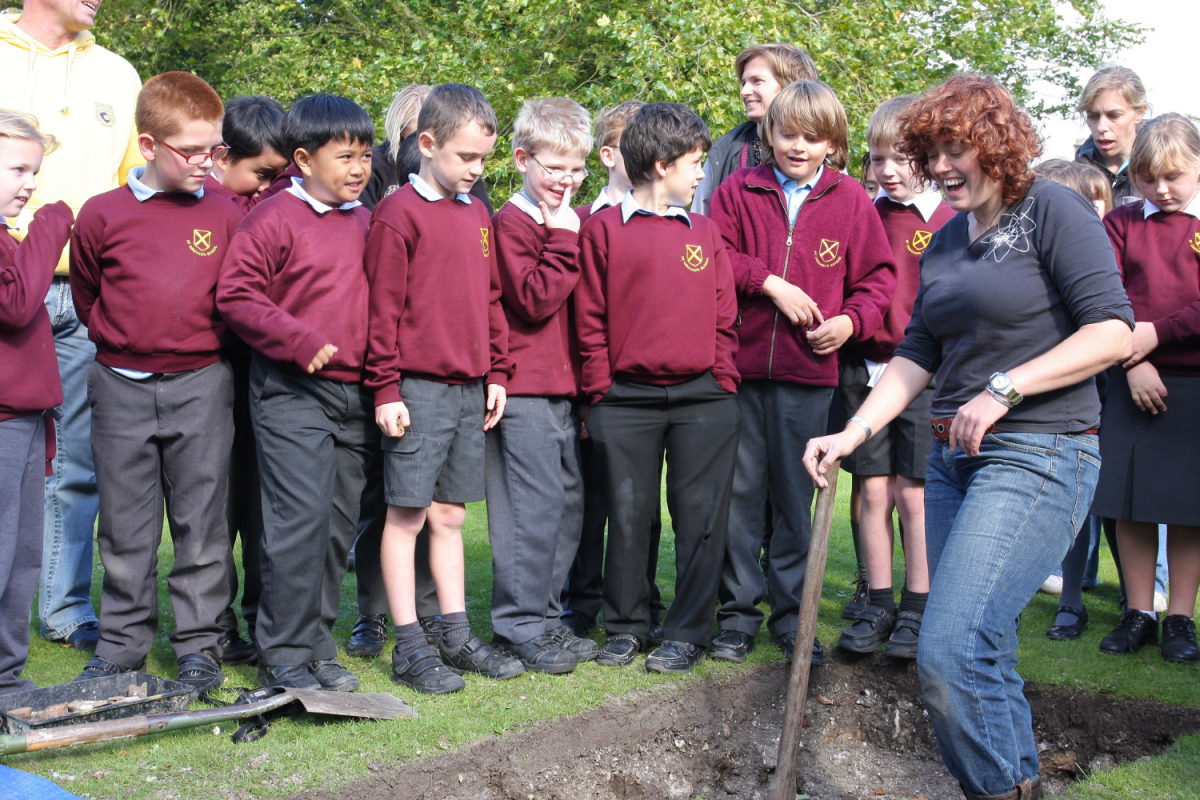
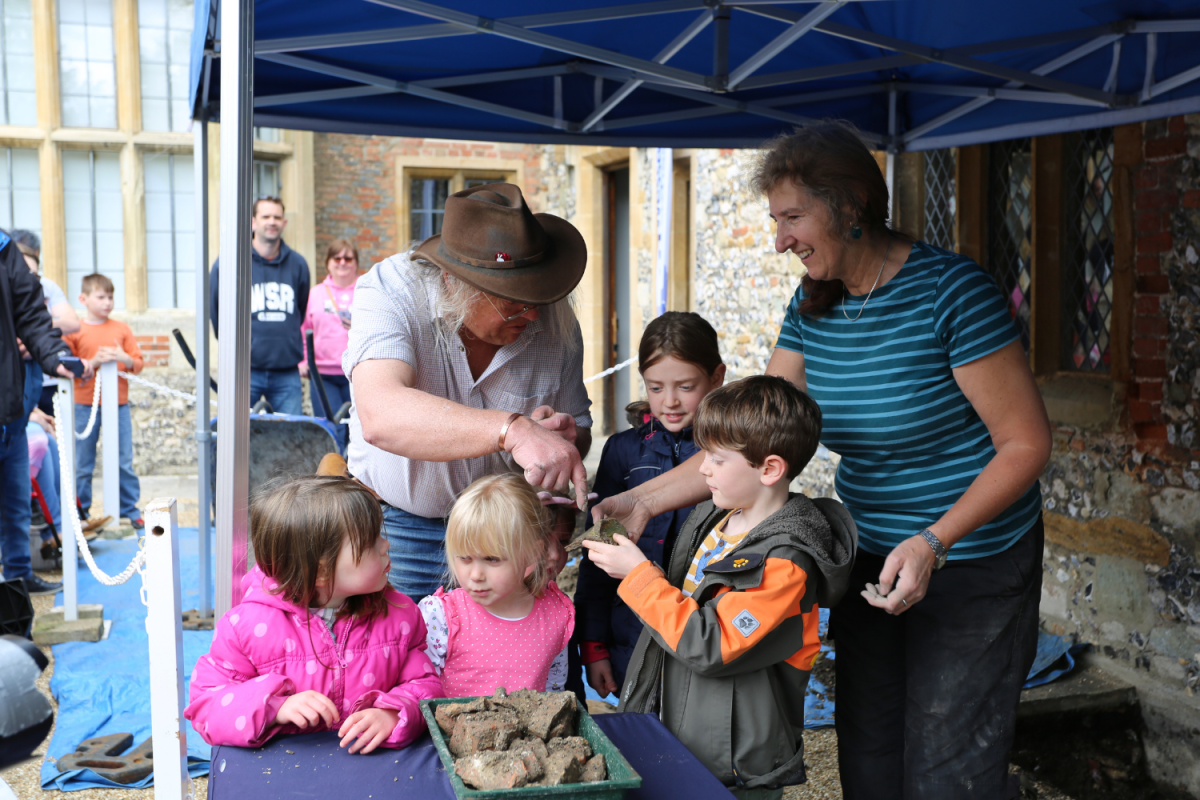
We hope that our efforts have managed to put a smile on your face; let’s be honest we need it! Thank you to those of you who have contacted us with positive feedback; please continue to communicate. For us, it’s been a lot of fun telling the stories in, what we hope, is a readable and informative style, selecting the illustrations and compiling the page. Sometimes we’ve been pushed to complete the week’s page in time for Friday, fitting it in around our other tasks but we were never late. That would not have been possible without the expertise of Jenny Whitaker, Marketing and Communications intern, who has worked tirelessly to perfect the presentation and make the pages readable.
Of course, we don’t know where many of you live, so we don’t know how familiar you are with the city. Some of you may have followed our journey through the streets, familiarising yourself with Salisbury on Google Earth. Irrespective of where you live, we hope that you’ll have learned something new about our city and learned to appreciate that it is not just a medieval city with a beautiful cathedral. Salisbury has a vibrant past that has created a community that has withstood many setbacks, including plague and, more recently, nerve agent attack, but which still thrives.
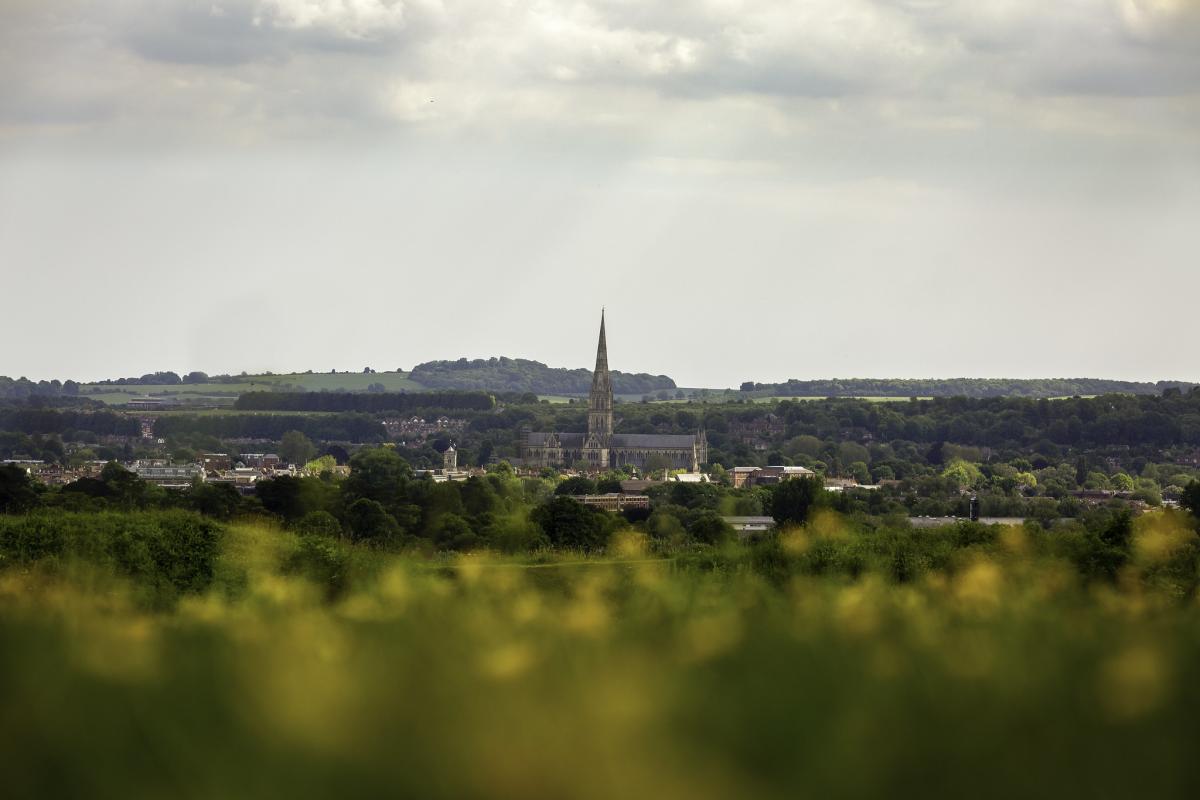
The stories we have told are unique to Salisbury, but every city, town, village or hamlet has similar stories to tell if we have the opportunity to tell them. We have been able to take the story back through time from the first occupants in the area approximately 300,000 years ago, stopping off briefly to encounter people living at the end of the last Ice Age and progressing through time to observe local events in the Mesolithic, Neolithic and Bronze Ages. The stories became more detailed as we encountered more recent communities, not least those local residents who may have visited the cathedral at Old Sarum but then witnessed the move to a new site 800 years ago. Most of our stop-offs have been centred in the heart of the medieval city, where we have encountered a diverse range of inhabitants, rich and poor, their homes, larders, ailments, occupations and deaths. Each chapter created and driven by archaeological evidence, which itself is created by people.
The completion of our weekly journey is only part of the task. Throughout the period that we have been compiling our web pages I have been gathering the information together into a single report ‘Joining the Dots: Uniting Salisbury’s past through holes in the ground’ which will be published by Wessex Archaeology on-line in the near future. Telling the story in this way, focussing primarily on the archaeology, is something that has never been attempted for Salisbury. We hope that it will provide both a comprehensive account of the archaeological knowledge, as it is now, which will serve both as a general account of Salisbury but also provide a basis for more detailed study. We hope that some of you will want to dip into its content when it is published. The city remains a fluid, expanding community of people that developed from a small primary settlement. The story of that city remains not merely an example of medieval planning with a rich heritage but is also a home to a modern population which can draw on its past to plan for the future.
